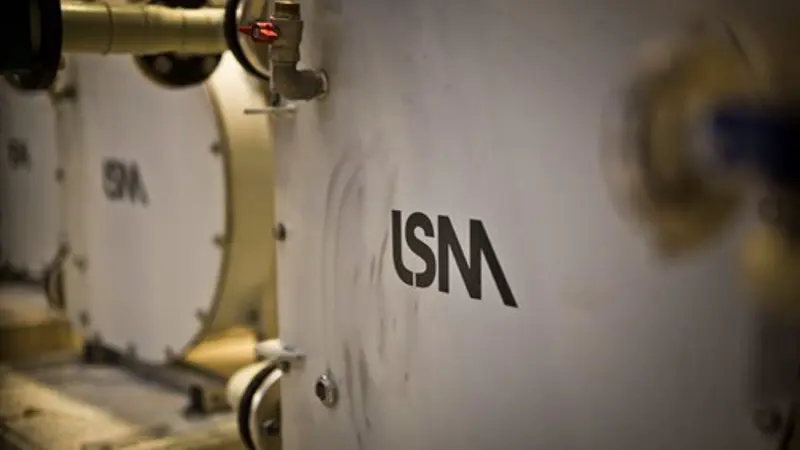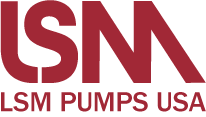LSM Pumps has for many years supplied hose pumps to large and small wastewater treatment plants throughout Denmark. At smaller plants, smaller hose pumps like the LSM-10 and LSM-15 are used. These pumps are used to inject chemicals/polymers into the untreated water to break down particles in the water/sludge coming from all households.
LSM has also delivered larger pumps for wastewater plants such as the LSM-25, LSM-32, and LSM-40. These pumps are especially useful for pumping sludge to another container. This sludge can be very dry as it contains a lot of sand, but this is not a problem for an LSM hose pump, as it can handle very dry running.
Below is a brief description of the three stages in a wastewater treatment plant.
The different processes in a wastewater treatment plant:
First stage – The mechanical process:
Wastewater passes through a screen where the largest particles (cotton swabs, bandages, wood, etc.) are filtered out and sent for incineration. Then, sand is separated from the wastewater by sedimentation and washing and can then be used as landfill cover. The sand mainly comes from roads and is carried by rainwater to the treatment plants. The final step in mechanical treatment is fat removal. Under favorable conditions, the fat rises to the surface and can be scraped off.
Second stage – The biological process:
Wastewater contains large amounts of organic material, especially from toilets. Organic material is broken down by microorganisms (bacteria). In biological tanks, wastewater is mixed with activated sludge, which already contains a large number of microorganisms. The microorganisms break down the organic material. To ensure the process runs well, oxygen is supplied to the wastewater. As more organic material is broken down, the amount of activated sludge increases. Excess sludge is continuously removed from the biological tanks.
During the breakdown of organic material, much of the nitrogen is removed from the wastewater. Some nitrogen evaporates into the atmosphere, and some is used by bacteria for growth. The wastewater then flows to secondary clarifiers, where the remaining sludge settles and is pumped back to the biological tanks. Excess sludge is pumped to tanks and then dewatered by a press or centrifuge. The sludge is then stored and later spread on farmland.
Final stage – The chemical process:
Phosphate is removed from the wastewater. Removing phosphate prevents it from acting as fertilizer for plants in the aquatic environment. Phosphate removal is done by adding iron sulfate or aluminum compounds. These substances bind with phosphate, forming a heavy insoluble compound that settles out. (Phosphate comes from detergents and toilet water). Once the water is oxygenated, it is discharged into a nearby watercourse. The water is now so clean that it has virtually no impact on the environment.
Ready to find the solution?
Contact
Bring your challenges. We'll brainstorm and help you move forward.



